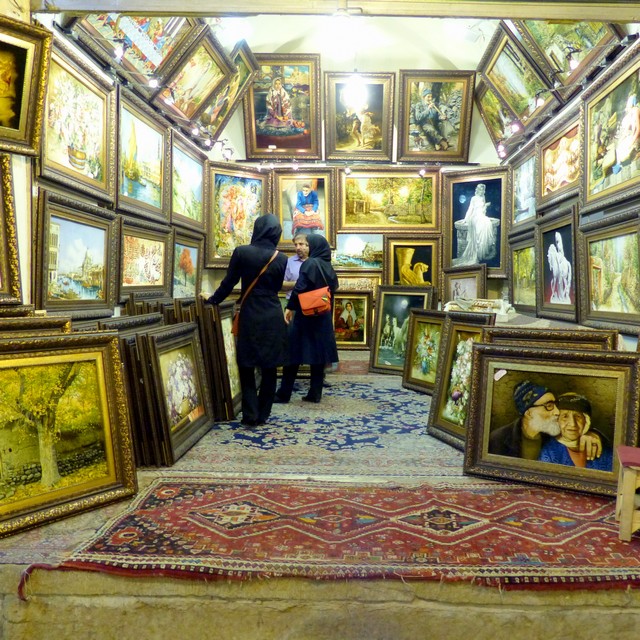
Troglodytes & Assassins
Iran
Culture
Get off-the-beaten-track in Northwest Iran
£2,795 pp
This is the per person group tour price, based on 2 sharing. The price is subject to change with exchange rate and flight cost fluctuations.
14 days